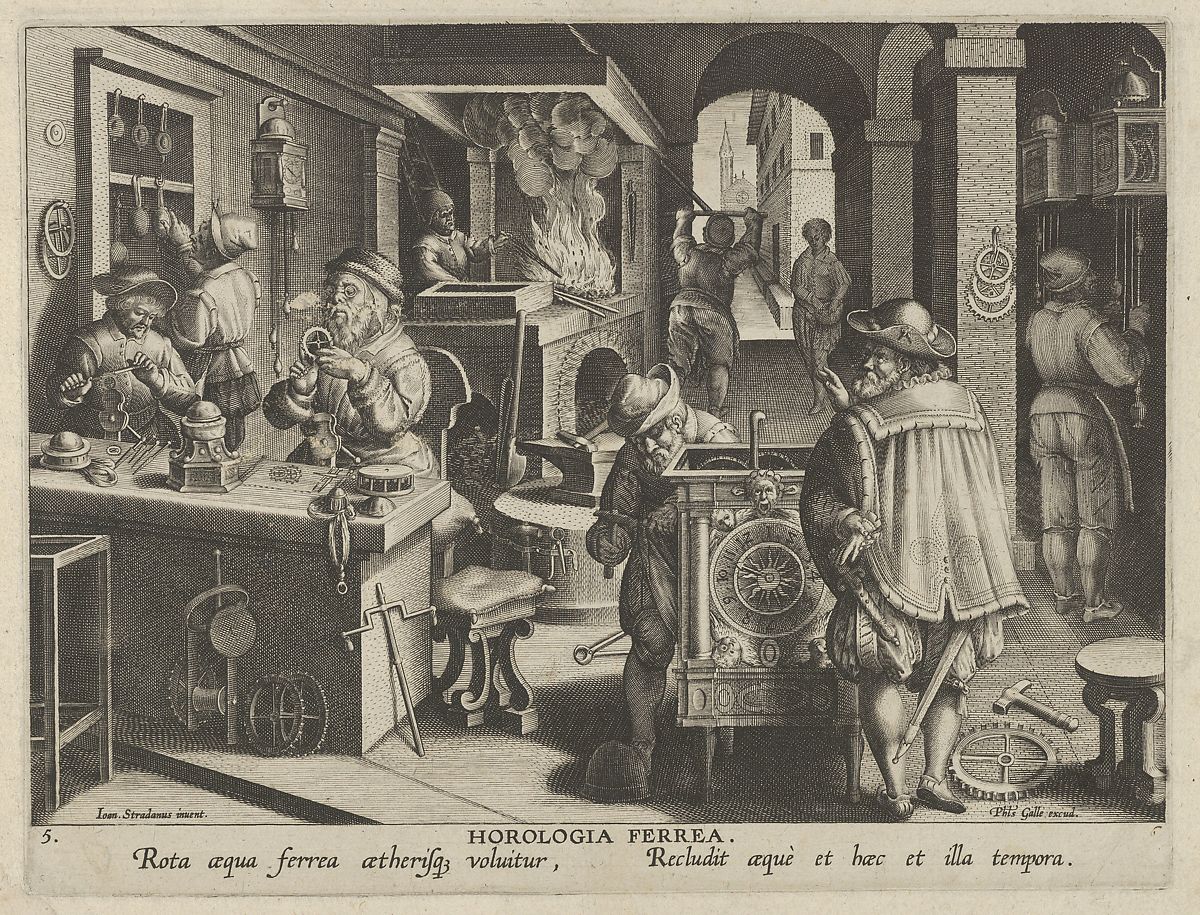Trump C02 Vocoder
Further tinkering with data sonification for political speech:
Further tinkering with data sonification for political speech:
As the U.S. lurches ever closer to a war with Iran I’ve thought back to when I first heard George W. Bush’s weirdly placid announcement of what would, of course, turn out to be a decades-long catastrophe. Given the vocoder’s origins in secret military communication, I thought it would be interesting to use the same technique to modulate public political speech in favor of war with some of its consequences. This is just quick sketch in Max, inspired in large part by conversations with Larry Bogad, particularly regarding his Economusic performance project. The result is interesting: a questioning upward inflection, almost a crack in the voice, whenever the body count rises. Here’s the patch
I finally got my hands on the new collection of Tony Conrad’s writings. As expected it’s full of beautifully concise and provocative articulations of things I’ve long been trying to express in my own work. His brief 2003 essay “Sacred Harp Heterophony” is one of these. The other is the even shorter “On 60 Cycles”, his 1972 program note for Rhys Chatham’s Dr. Drone in Concert. My favorite bit:
We take 60-cycle power out of the wall and do different things with it for the purposes of our own gratification… But the true tonic of our social lives, though it does lie above fusion, has been handed down to us principally through the primary machinations of the primitive machines. Sixty cycles is a compromise between the desires of motors and transformers and the reactance of long-line power transmission. Throughout our lives we hear with unresponsive insouciance the groans of the machines, ineffectively complaining on the long electromechanical wave band of their 60-cycle burden. Their wavelength is buried down there with the whistlers; one wave spans our continent. The revenge is simple: 60 cycles is the ideal killer frequency for biochemical life-forms. (pp. 106)
With his art and activism Conrad brought together acoustic and emancipatory concerns in a way that continues to inspire. Rest in Power.
“Shibboleths in the Studio: Informal demarcation practices among recording engineers” was recently accepted for publication in the journal Social Studies of Science. In the article I look at how recording engineers distinguish their work in the face of the increasing amateurization (the expectation to work for free “just for the love of it”) and automation (via software like Auto-Tune and Landr) of their profession. Here’s a draft version.

Artist Doris Salcedo’s “Shibboleth” is a giant crack in the cement floor of the Tate Modern.
Just got word that my article “The Maniac Making Machine: A Media Genealogy of Delayed Auditory Feedback” has been formally accepted for publication in the journal Technology & Culture! The piece looks at the history of delayed auditory feedback beginning in the late 1940s, focusing particularly on the work of speech-hearing researcher Grant Fairbanks (pictured below with his colleague William Everitt and the machine in question). This has been long in the making, based on work at the University of Illinois Archives in 2014.


image via The Baffler
Poet and musician David Berman’s recent passing is extremely sad, not least because his blog Menthol Mountains has long been a source of inspiration for me. Berman would not-so-regularly post links to articles and recordings which were consistently interesting and STS-esque enough for me to justify it as work related reading. In his memory, here’s my Menthol Mountains tribute:
Coinage and Early Greek Thought
How to Make a Hyperobject Sound Art
Some interesting material gathered during background research on black widow spiders, particularly the way their bites have been treated historically:

From Emil Bogen’s 1926 article on Arachnidism for the Archives of Internal Medicine
La Taranta - A documentary based on anthropologist and historian of religion Ernesto de Martino’s study of tarantism, wherein people bitten by spiders are ritually treated by way of music and spontaneous dancing.
My article on temporal noise and repair in audio recording, titled “Jitter: Clocking as Audible Media” just came out in the International Journal of Communications! Check it out here: https://ijoc.org/index.php/ijoc/article/view/10624/2628

Some early clock work, portrayed by Jan Collaert ca. 1600

April 19th 4-8PM at the UC Davis Arboretum Gazebo, I’ll be presenting a piece for sonified plant biodata, titled Action Potentials.

A piece I made while experimenting with 3d binaural synthesis in Max. Headphones required.
Excited to be presenting my work on the social phenomenology of digital clock “jitter” at this year’s Society for Cinema and Media Studies in Seattle.
Details:
Session J16 Listening Out - Friday, March 15 9-10:45am
Species, Soundscapes, and the Ethics and Temporalities of Mediated Sound
CHAIR Alenda Chang ◆ University of California, Santa Barbara
Alexandra Hui ◆ Mississippi State University ◆ “Calling the Wild: The Psychoacoustics and Ethics of Mimicry in Modern Duck Hunting”
Alenda Chang ◆ University of California, Santa Barbara ◆ “‘Eavesdropping on Ecosystems’: Soundscape Ecology and Nature as Data”
N. Adriana Knouf ◆ Wellesley College ◆ “Vortical Temporalities of Ecological Radio Transmissions”
Owen Marshall ◆ University of California, Davis ◆ “Jitter: Digital Clocking as Audible Media”
SPONSOR Media, Science, and Technology

Excited to be presenting with Margaret Laurena Kemp at next week’s Symposium on Emptiness, Nothingness, and Absence
Here are a couple of particularly colorful and nicely designed posters for events I’m presenting at in Davis over the next couple of weeks. The Futurity Factory symposium on speculative media, science, and technology, and the Writing for the Senses group’s upcoming “sound” session:


I'm currently working on an NSF-funded postdoctoral fellowship on the role of sound in various experimental systems at intersections between artistic and scientific practice. Info on the award over here: https://www.nsf.gov/awardsearch/showAward?AWD_ID=1827858&HistoricalAwards=false
I got to talk with the UCD Aggie newspaper about my involvement with Marit McArthur's project on tools for analyzing vocal performance: https://theaggie.org/2018/02/04/developing-tools-analyzing-spoken-vocal-performance/
I reviewed Andrew Nelson's excellent book on CCRMA for the Annals of the History of Computing. Here's the link: https://ieeexplore.ieee.org/xpl/mostRecentIssue.jsp?punumber=85